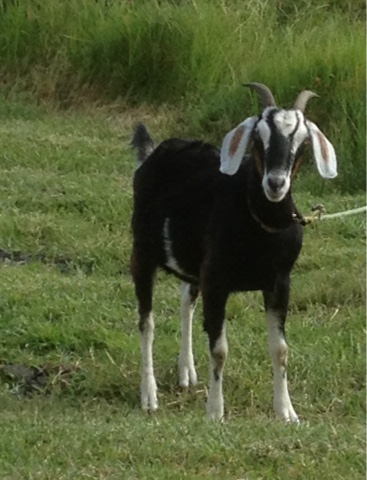Farm = Food
So let's talk about farm food. Yeah....I'm for it. I'll vote for food any day! Ha!
One of my primary goals in becoming a farmer was to grow our own food. Thus I focused on homestead style farming. One very big lesson I learned early on is that's it's not so easy to grow one's food. How do I grow hotdogs, soda, spaghetti......pizza? Our old style breakfast was white toast with butter, omelet with cheese and onion, bacon or ham, coffee with milk. At other times it was bagels and donuts. Lunch was often a hoagie with potato chips, and soda. Dinner could be just about anything.......but not those things found growing in a garden. Not being able to find seeds to grow donuts, beefaroni, macaroni & cheese, canned soup and canned everything else, I knew that our diet was going to need a bit of adjusting.
Next lesson.....I didn't know how to grow things. In the beginning I made more mistakes than anything else, had more flops than successes. And to make things even more discouraging, the veggies that I could grow with some success were ones that we didn't particularly like to eat. Radishes were pretty easy.....we hated radishes. Turnips and kale were easy too......we ate neither. Most other things I tried growing turned out pathetic and often were inedible. Carrots were fibrous. Spinach bolted. Lettuce full of slugs. Something ruined the cabbage and broccoli. Maggots were in the tomatoes. Sometimes crops barely even grew.
Fast forward a couple years.......
The farm now produces most of our food, either by directly producing it or by trading the excess with other growers. And I now have a foraging system down pat, providing us with some goodies for our own table while filling many a bucket with livestock fodder.
So how did this happen? First, we learned to eat real food. We weaned ourselves away from processed foods and things that we couldn't make for ourselves. And I did it via baby steps, trying one little thing at a time. It took close to ten years before I could say that we could produce all our own food if we had to. We don't, by choice, in that we splurge with some store bought items. Plus we eat out with friends 2 to 3 times a week. But we are at a point that we could be totally self sufficient in the food department if we really had to.
The farm produces a wide selection of veggies year around. Plus fruits too. Many things are seasonal, so I do freeze or dry certain things for future use. And farm excess gets sold or traded for things that we don't produce. The farm hosts chickens, ducks, rabbits, sheep, and pigs. Feral turkeys, pheasants, and doves abound. No shortage of protein here.
Food gardens exist throughout the farm, though the vast majority are within an easy walk of the house. There are garden beds that people would quickly recognize as being gardens. But most little gardens are tucked away everywhere and along margins, such as the driveway, along rock walls, fencelines, forest borders, etc. Visitors tend to see flower gardens, where actually they are veggie gardens with flowers mixed in. Ground covers are veggies -- sweet potato, pipinola, radishes, beets, etc.
Question : Why is everything scattered all over the place? Example - why aren't the potatoes all in one spot?
Answer: Pests & disease. Second answer: no need to bulldoze the acreage flat, removing all the trees and interesting natural land contours.
In the tropics, diseases and pests can be devastating. By scattering a crop in garden beds around the farm, I have successfully avoided totally losing entire crops due to problems. While one or two areas might get wiped out by say, flea beetles, other areas successfully produce food because the bugs haven't found them.
Now, everything I've said sounds so rosie and successful. Sounds like I really have a good handle in things. ........NOT! When it comes to a completely home produced diet, I'm not totally there yet. As with so many of us trying to be food independent, I have major falls from time to time. I'm an ex junk food junky. I was raised on the stuff. Lunch during elementary school was bologna and butter sandwich on white bread. Cookies, pies, cakes, and ice cream were considered routine desserts. I knew the Campbell soup jingle by heart. Same for beefaroni. Doritos, chips, and cheese puffs were my happy foods. Coke was my standard drink. So it is not surprising that to this day I sometimes find myself frantically searching the home cupboard for something edible, cursing the silly farmer who loaded the pantry with dried fruits and veggies, stuffed the freezer with healthy soups and meats, and filled the frig with homemade cheese and garden vegetables. Grrrr. Where's the sugar, salt, fat, chemicals, food dyes, and most importantly...chocolate?






























